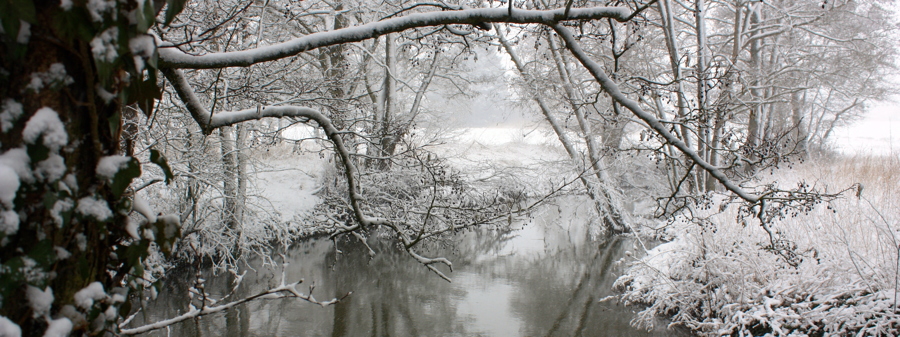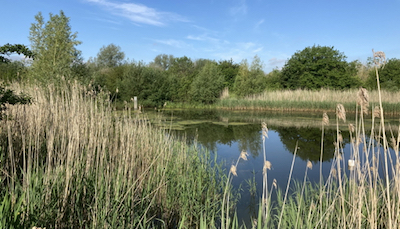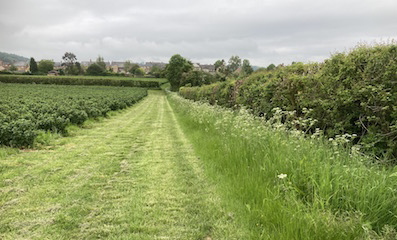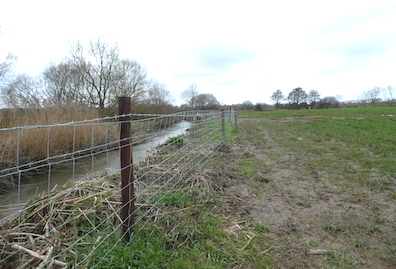Results - River Parrett
River Parrett at Bulsom Bridge
The River Parrett at Martock The Parrett survey looked at the whole length within the Parish over several months and includes a number of small tributaries and nearby ponds. It did not include the Wellhams Brook catchment. The detailed data can be accessed by following the link on the left. The Environment Agency samples the Parrett routinely at Careys Mill bridge.
1 The phosphate level in the river Parrett is consistently poor/bad 2 Sewage effluent from Martock and South Petherton raises the phosphate level by between 10% - 50% according to season The sewage treatment works at Martock flows into the Parrett just downstream from Gawbridge and raises the phosphate level in the river at winter flow by around 0.07 ppm (13%) in winter but 0.9 ppm (50%) when the water level is lower in May. Neither of these Sewage Treatment Works has a phosphate removal stage. 3 Small Moor Brook is a small unpolluted stream joining the Parrett in the south of the Parish 4 Water from the main tributory of the Parrett, Wellhams Brook, has little influence on Parrett phosphate concentrations.. |
Links Environment Agency sampling Data Survey scale used
This scale is adapted from recommendations of the UK Technical Advisory Group of the Water Framework Directive (Phosphorus Standards for Rivers, 2013) Data map
|
||||||||||||
|---|---|---|---|---|---|---|---|---|---|---|---|---|---|
The catchment area of Small Moor Brook in the south of the Parish. |
|||||||||||||
|
|||||||||||||
The River Parrett below Gawbridge |
|||||||||||||
|
|||||||||||||







